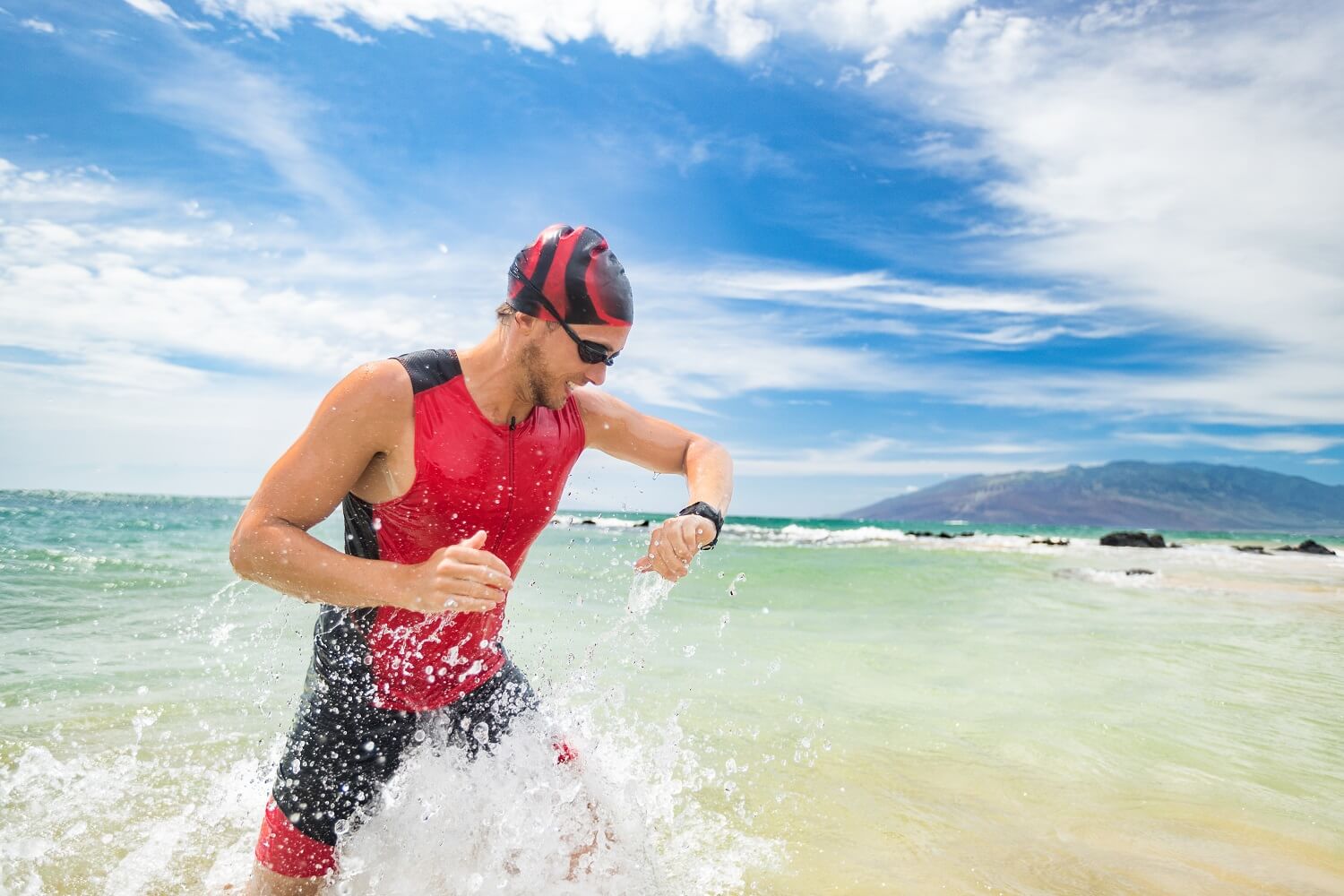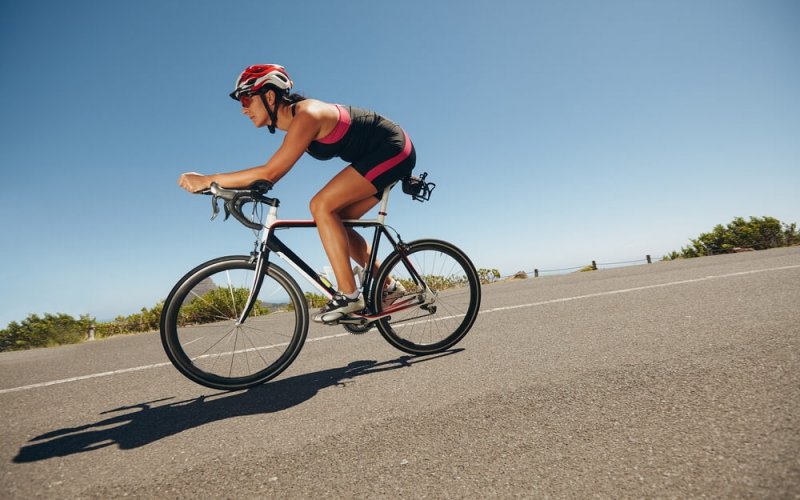What is Active Release Techniques (ART)?
Active Release Techniques or ART is an approach to analyzing and treating soft tissue. It was developed by an American chiropractor named Michael Leahy, D.C. This patented method is used to treat chronic lesions of a muscle, tendon, ligament, fascia or nerve.
This technique is useful for treating conditions related to the presence of adhesions or scar tissue in the muscles. This can occur as a result of intense muscle stress, repeated stress, prolonged contraction, or friction between different tissues. As the adhesions form, the muscles become shorter and weaker. The movement of these muscles is impaired and the nerves can be compressed. As a result, it can reduce blood flow, cause pain, and decrease the extent of joint movement.
Who can benefit from Active Release Techniques (ART)?
This advanced treatment approach is widely used, among others, in the sports field. Indeed, many athletes who submit their body to intensive training use this type of treatment to facilitate the healing of injuries and / or to optimize their performance. However, the Active Release Techniques may be equally suitable for a worker performing repetitive movements or a person who has inflicted an injury while performing daily activities.
Who performs Active Release Techniques (ART) treatments?
At Cliniques de réadaptation physique Roussillon, Active Release Techniques (ART) treatments are offered by Sophie Thauvette, physiotherapist. She is a graduate of McGill University and has been practicing since 1995. She has completed all Active Release Techniques (ART) training, making her a full body certified therapist in this approach.
Do not hesitate to contact us for more information about Active Release Techniques (ART) or to make an appointment!
What conditions can be helped by Active Release Techniques (ART)?
The ART approach is effective for treating various conditions such as:
- headache
- back pain
- sciatic nerve problems
- shoulder pain
- tendinitis
- shin splints
- plantar fasciitis
- carpal tunnel syndrome
- or any other injury resulting from overuse of the muscles
What does an ART treatment look like?
The treatment itself involves manually locating and breaking down adhesions and restrictions in the muscles, tendons or ligaments as well as in the associated nerves. The patient makes a specific movement while the ART practitioner makes contact with the abnormal tissue and generates tension at the injured location. This technique can create temporary discomfort because the tension created breaks the scar and later allows the muscle to heal, maintaining its flexibility. This discomfort, similar to the feeling of a sore muscle after a workout, will fade quickly as the tissues heal.




